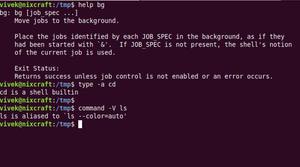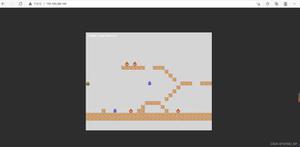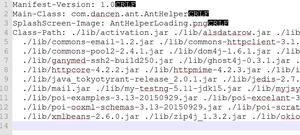为什么java.util.Date将Year表示为“ year-1900”?
在java.util.Date:
* In all methods of class <code>Date</code> that accept or return * year, month, date, hours, minutes, and seconds values, the
* following representations are used:
* <ul>
* <li>A year <i>y</i> is represented by the integer
* <i>y</i><code>-1900</code>.
当然,在Java
1.1中,getYear()不赞成使用方法和类似方法,而推荐使用java.util.Calendar,但仍然具有以下怪异的弃用说明:
int getYear() Deprecated. As of JDK version 1.1, replaced by Calendar.get(Calendar.YEAR) - 1900.
setYear(int year)
Deprecated. As of JDK version 1.1, replaced by Calendar.set(Calendar.YEAR, year + 1900).
当然,Month是0基于-的,但我们都知道(尽管您认为他们已经从中消除了这个问题Calendar-他们没有):
* <li>A month is represented by an integer from 0 to 11; 0 is January, * 1 is February, and so forth; thus 11 is December.
- 最初的创建者
java.util.Date希望通过从中减去1900来存储“年”的数据而获得什么呢?特别是如果它基本上存储了很长时间。
因此:
private transient long fastTime;@Deprecated
public int getYear() {
return normalize().getYear() - 1900;
}
@Deprecated
public void setYear(int year) {
getCalendarDate().setNormalizedYear(year + 1900);
}
private final BaseCalendar.Date getCalendarDate() {
if (cdate == null) {
BaseCalendar cal = getCalendarSystem(fastTime);
....
- 为什么是 ?
回答:
基本上,原始的java.util.Date设计器从C复制了很多东西。您所看到的是那的结果-
请参见tmstruct。因此,您可能应该问为什么将其设计为使用1900年。我怀疑基本答案是“因为我们在设计时并不擅长API设计tm”。我认为关于日期和时间,我们在API设计上
仍然 不是很擅长,因为有很多不同的用例。
不过,这只是API,而不是其中的存储格式java.util.Date。别烦,请注意。
以上是 为什么java.util.Date将Year表示为“ year-1900”? 的全部内容, 来源链接: utcz.com/qa/421762.html







